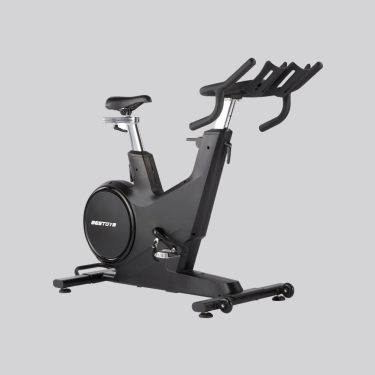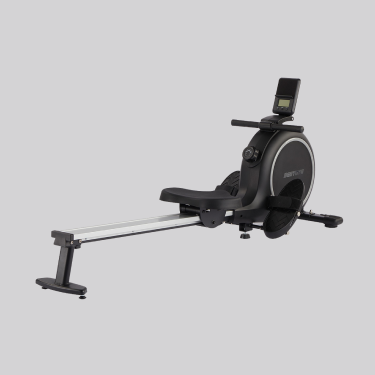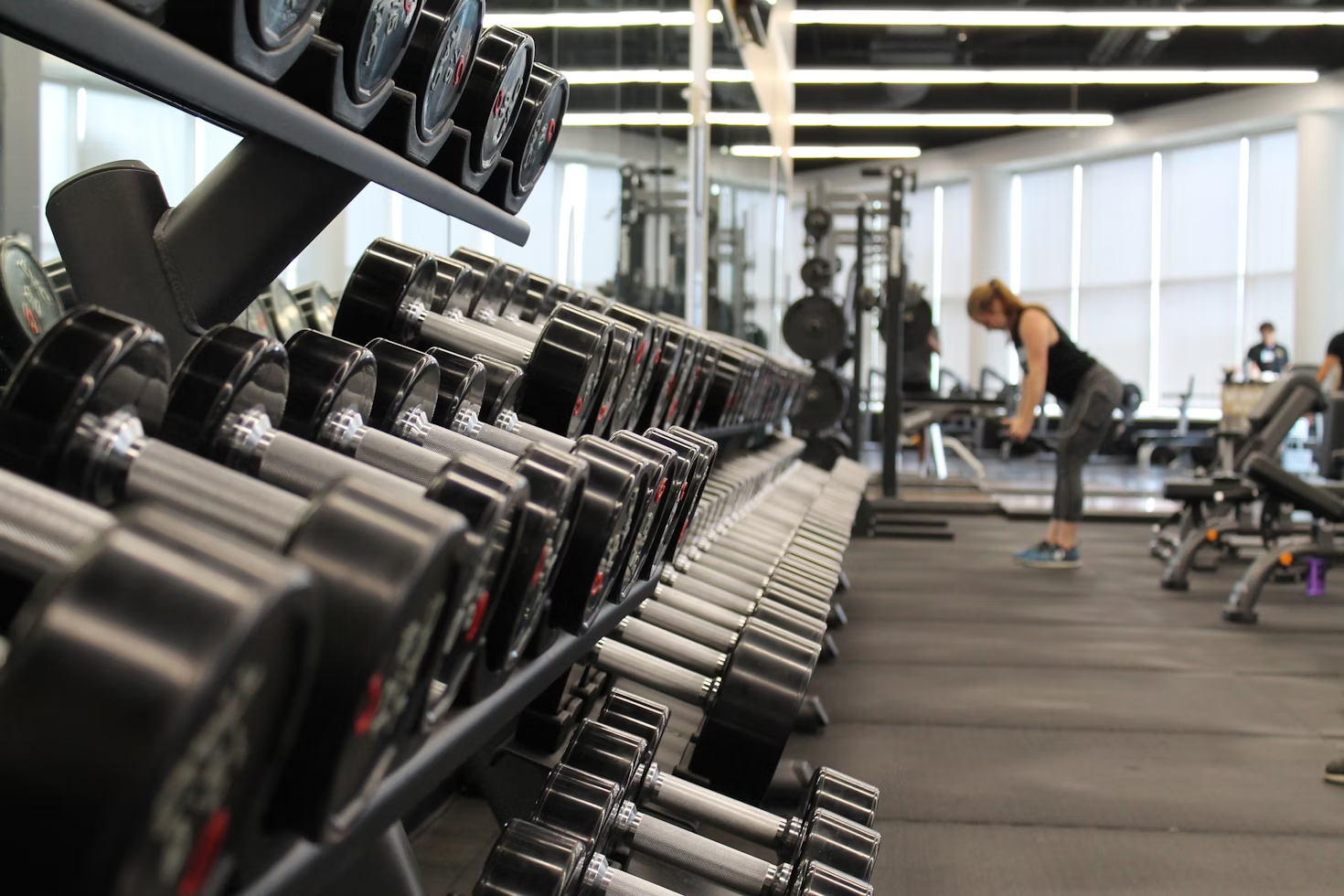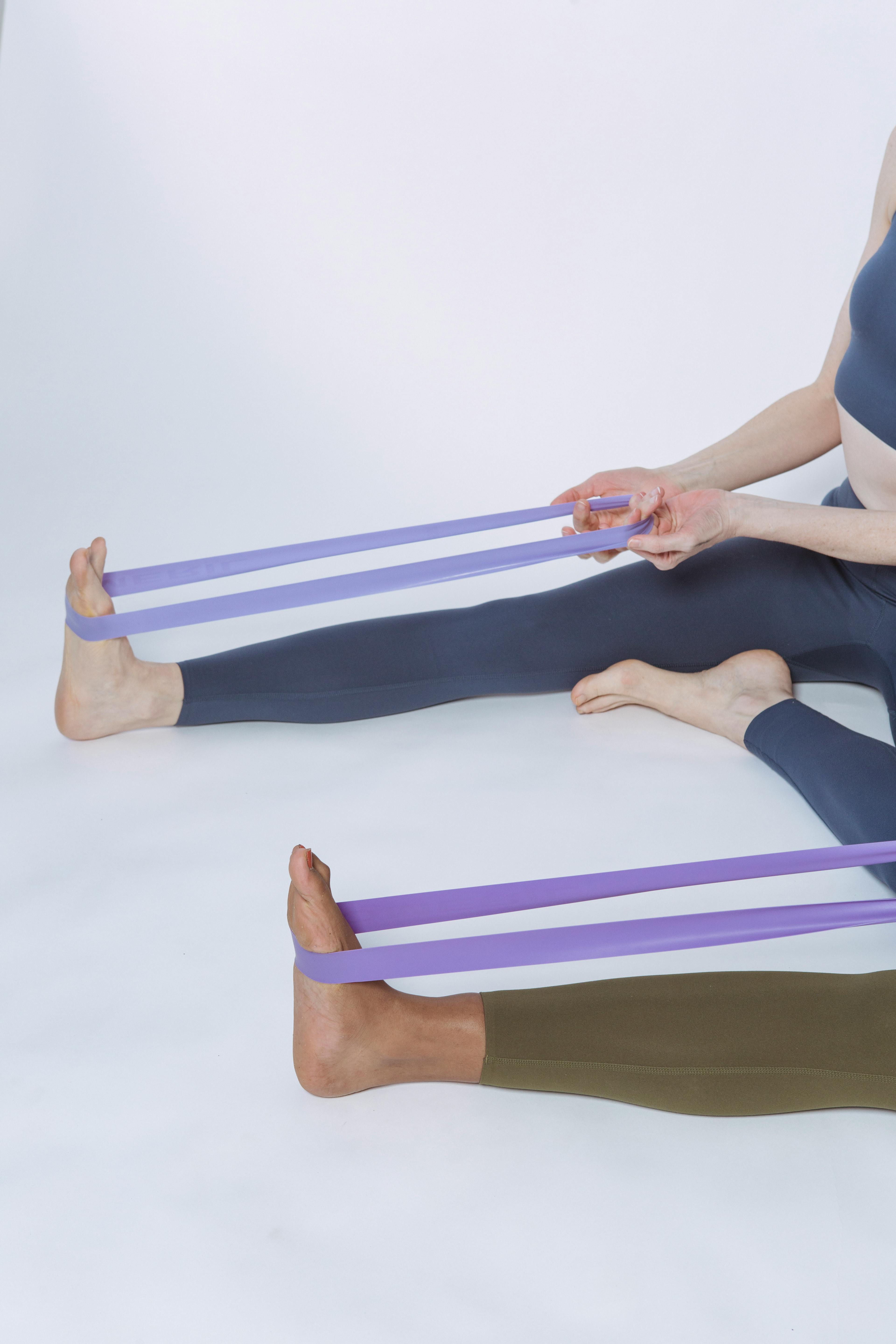The Comprehensive Guide to Choosing the Perfect Yoga Mat
Yoga is more than just a form of exercise—it’s a practice that connects your mind, body, and spirit. Whether you are a beginner or a seasoned practitioner, the right yoga mat can profoundly impact your practice. The mat you choose provides support, enhances stability, and prevents injuries, all while contributing to your comfort and enjoyment. But with so many options available, selecting the best mat for your needs can feel overwhelming. In this comprehensive guide, we will explore everything you need to know to choose the perfect yoga mat, from material types to specific features, specialized mats, and essential accessories.
Understanding the Importance of a Good Yoga Mat
A yoga mat serves as the foundation of your practice. It’s more than just a piece of equipment; it is your personal space where you build your connection to the practice. A quality mat will not only make your practice more comfortable but also safer. Here’s why a good yoga mat is essential:
1.Physical Support
Your mat provides the cushioning and support that protect your joints during your practice. Yoga requires movements that involve your knees, wrists, elbows, and ankles, and having the right amount of cushioning can make a significant difference. If a mat is too thin, your joints may experience discomfort or strain, especially in poses like Child’s Pose or Downward Dog. On the other hand, a mat that’s too thick may reduce stability during balance poses such as Tree Pose or Warrior III.
2.Traction and Stability
Grip is crucial for maintaining proper alignment and preventing injury. When you sweat during a yoga session, a slippery surface can make it hard to hold poses, especially in hot yoga or intense Vinyasa flows. A high-quality yoga mat will provide the non-slip surface you need to stay steady, even when things get sweaty.
3.Creating a Dedicated Space
A mat offers a sense of personal space, allowing you to cultivate focus, mindfulness, and peace during your practice. It serves as a boundary between the world around you and your inner sanctuary. The feel of a good mat can help you relax and get into a meditative state, which is an essential component of yoga.
4.Enhancing Performance
A good mat helps with alignment by providing visual markers for placement and encouraging proper posture. Whether you’re doing a grounded meditation or an active flow, a mat that provides both comfort and stability will help you perform each pose with more precision.
Key Factors to Consider When Choosing a Yoga Mat
Selecting the right yoga mat involves considering several key factors. These factors will help you determine which mat suits your specific needs and style of yoga. Here’s a breakdown of the most important considerations:
Material
The material of the mat will influence its texture, durability, and eco-friendliness. Depending on your preferences and any sensitivities (e.g., allergies), you’ll want to choose a material that aligns with your goals, values, and comfort needs. More on materials below.
Thickness
Thickness is one of the most important factors to consider because it determines how much cushioning your mat provides. Mats range from 1/16-inch (thin) to 1/4-inch (thick). Thicker mats provide more comfort for sensitive knees and joints but can be less stable for balancing poses. Thinner mats are better for those who prefer stability and feel more grounded but might lack sufficient padding for longer sessions. Consider the style of yoga you do to determine which thickness best suits your needs.
Texture
Texture impacts both comfort and grip. A textured surface helps prevent slipping, especially in sweaty conditions. Smooth mats can be slippery, especially in styles like Bikram or Ashtanga. Choose a mat with the right texture for the type of yoga you practice. The texture also affects how soft or firm the surface feels, with certain textures providing added comfort.
Size
Yoga mats come in a standard size (about 68 inches long and 24 inches wide), but there are variations. If you’re taller than average, you may want a longer mat (e.g., 72 inches or 78 inches). For those who prefer more room to spread out, there are extra-wide mats available. Choosing the right size ensures that you have enough space for all of your poses without feeling cramped.
Weight
If you plan on carrying your yoga mat to a studio, consider its weight. Heavier mats may offer better cushioning but can be cumbersome to carry, especially if you're walking or biking to your class. Lighter mats are easier to transport but may compromise on comfort and durability.
Durability
Yoga mats experience a lot of wear and tear, so it's important to choose one that can handle regular use without deteriorating too quickly. Some mats lose their grip or begin to peel after extensive use, so you’ll want to pick a durable option if you practice frequently.
Types of Yoga Mats Based on Material
Yoga mats are made from a variety of materials, and each one offers different benefits. The material you choose can impact the grip, durability, comfort, and eco-friendliness of your mat. Below are the most popular materials used to make yoga mats:
1.PVC (Vinyl) Mats
PVC (Polyvinyl Chloride) mats are the most common and affordable option available on the market. Made from synthetic materials, these mats are generally durable, offer excellent cushioning, and are relatively easy to clean, making them a popular choice for beginners and experienced practitioners alike. They provide a stable surface that is comfortable for a variety of yoga poses, particularly those that require some level of cushioning, such as seated stretches or poses that involve the knees.
However, while PVC mats are affordable and functional, they have significant downsides, especially for eco-conscious individuals. PVC is a plastic-based material that contains harmful chemicals, such as phthalates, which can leach into the environment over time. These chemicals can potentially pose health risks, especially with long-term exposure. Moreover, PVC mats are not biodegradable, which means they don’t break down naturally and can contribute to landfill waste. As a result, if sustainability and environmental impact are important to you, PVC mats might not be the best option despite their initial affordability.

2.TPE (Thermoplastic Elastomer) Mats
TPE (Thermoplastic Elastomer) mats represent a more eco-friendly alternative to PVC. Made from a blend of synthetic rubber and plastic, TPE mats are free from PVC, latex, and phthalates, making them a safer choice for both your health and the planet. One of the key benefits of TPE mats is their non-toxic composition, which does not release harmful chemicals into the environment. Additionally, they are lightweight, durable, and offer decent grip and cushioning, making them suitable for a wide range of yoga practices.
While TPE mats are often praised for their eco-consciousness and safety, they tend to be less durable than PVC mats, particularly over time with frequent use. They can lose their cushioning properties more quickly and may not hold up as well under heavy foot traffic or long-term wear. Despite this, TPE mats are fully recyclable, making them a great option for those who want to minimize their environmental footprint. These mats are also odor-free, unlike some rubber-based options, making them an ideal choice for individuals sensitive to strong smells.
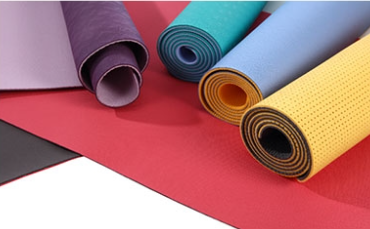
3.Natural Rubber Mats
Natural rubber mats are made from the sap of rubber trees, offering a perfect balance between durability and eco-friendliness. These mats are favored for their excellent grip, which makes them especially suitable for vigorous practices like hot yoga, Vinyasa, or Bikram yoga, where stability and traction are key. The textured surface of a natural rubber mat helps ensure that you stay grounded, even during sweaty sessions. In addition to providing a non-slip surface, natural rubber is highly durable and can last for several years if maintained properly.
One of the key selling points of natural rubber mats is their biodegradability. Unlike PVC or TPE, natural rubber will decompose over time, making it an environmentally friendly choice for those who prioritize sustainability. However, they do come with some downsides. Natural rubber mats tend to be heavier than other mats, which can make them less convenient for travel or for individuals who need a lightweight mat for carrying to class. Another consideration is that these mats often have a strong rubber odor when they’re first purchased, which may take a little while to dissipate. Despite these drawbacks, natural rubber mats are a great choice for environmentally conscious individuals looking for a high-performance mat that is both safe and durable.
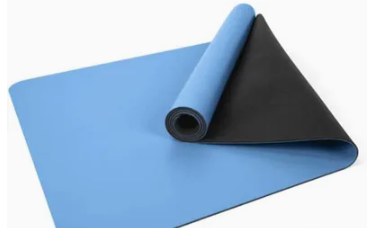
4.Cork Mats
Cork mats are a unique option for those looking for a natural, eco-friendly mat that also offers comfort and support. These mats are typically made from a combination of cork and rubber, with the cork layer providing a soft, non-slip surface that enhances comfort and adds a natural aesthetic. The rubber base offers stability and prevents the mat from sliding during practice, ensuring a secure grip for a variety of poses.
Cork mats are highly durable, providing long-lasting performance even under regular use. They also have natural antimicrobial properties, which help prevent the growth of bacteria and odors—ideal for yogis who practice frequently or sweat a lot. While cork mats are a great eco-friendly option because cork is biodegradable and renewable, they do tend to be heavier than traditional mats. The added weight can be a consideration if you need a portable option for traveling to classes or taking your mat on the go. Despite this, cork mats offer a unique, earthy feel that many practitioners appreciate, making them an excellent choice for those who prioritize sustainability and natural materials.
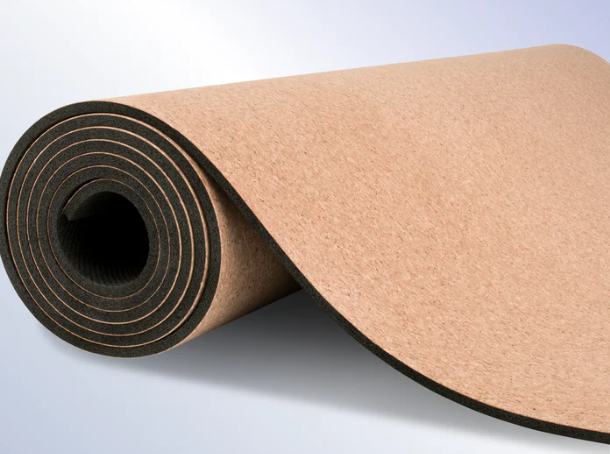
5.Jute Mats
Jute mats are another eco-conscious option, made from the fibers of the jute plant, which is a renewable and biodegradable resource. Jute mats are typically constructed by blending jute fibers with a rubber backing, providing a firm yet comfortable surface for practice. The texture of a jute mat offers a more natural, earthy feel compared to synthetic mats, making them an attractive option for individuals who prefer a minimalistic or organic approach to yoga.
These mats are particularly well-suited for practitioners who prefer a firm surface to aid in balance and stability, making them ideal for standing poses or balance-focused practices. However, jute mats are not as cushioned as rubber or TPE mats, and they may not provide the same level of comfort for practices that involve prolonged sitting or kneeling. Additionally, jute can be a bit rougher on the skin, so it may not be the best choice for those seeking a super-soft surface. That said, jute mats are a great option for yogis who want a natural, eco-friendly mat that offers solid performance and a firm, grounded feel.
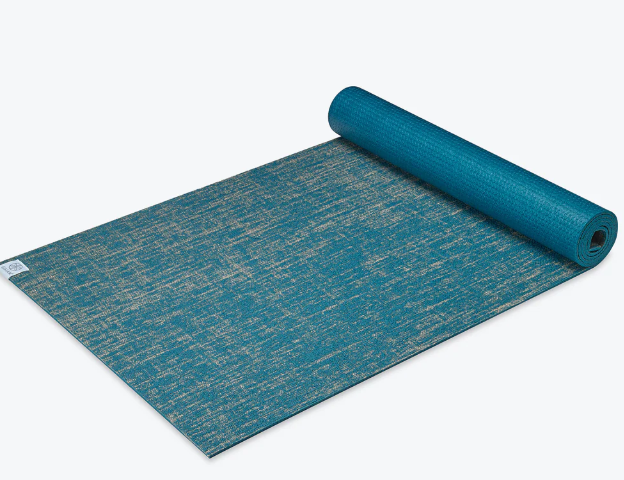
6.Cotton Mats
Cotton mats are typically used as an additional layer over another mat, often for restorative or gentle yoga practices. These mats are made from natural cotton fibers, which are soft, absorbent, and comfortable. They offer a plush surface that provides a cushioning effect, making them ideal for practices like Yin yoga, meditation, or gentle stretching, where comfort and relaxation are key.
One of the main benefits of cotton mats is their high absorbency, which helps to keep moisture and sweat in check, ensuring a drier and more comfortable experience during practice. They are also lightweight and easy to wash, making them a great option for those who prefer a mat that is simple to clean and maintain. However, cotton mats are not designed for intense, sweaty practices or poses that require a lot of grip, as they lack a non-slip texture. Additionally, they may not provide the necessary cushion or support for more rigorous yoga styles. For those practicing in hot yoga or high-intensity sessions, a cotton mat might not offer the grip or stability required.
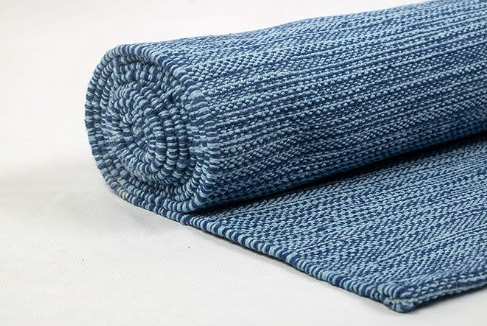
Physical Characteristics of Yoga Mats
Once you’ve selected the material, understanding the physical properties of the mat is the next step. Here are some factors to consider when evaluating the physical features of a mat:
Density
The density of a mat refers to how compact or soft the material feels. Higher-density mats provide firmer support, which can be beneficial for stability and durability. Lower-density mats are softer and more comfortable for extended periods of practice but may lack the support needed for certain poses. It’s essential to strike a balance between cushioning and stability when choosing the right mat density.
Stickiness/Grip
Grip is one of the most critical features of any yoga mat. A mat with good grip helps prevent slipping and allows you to stay stable in poses like Downward Dog, Warrior II, or Tree Pose. The stickiness of the mat is particularly important in sweaty practices like Vinyasa or Bikram yoga, where sweat can make it difficult to maintain poses. Look for mats with a textured surface or those made from materials known for their high-grip properties, such as natural rubber or TPE.
Eco-Friendliness
For environmentally conscious yogis, choosing a mat made from sustainable, biodegradable, or recyclable materials is essential. Mats made from natural rubber, cork, or TPE are eco-friendly options that align with sustainable practices. Be sure to look for certifications, such as OEKO-TEX or Global Organic Textile Standard (GOTS), to verify that the materials are safe for both the environment and your health.
Custom Yoga Mats for Specific Practices
While general-purpose mats are suitable for most practices, there are specialized mats designed for specific needs. Here are some popular types of specialized yoga mats:
Hot Yoga Mats
These mats are designed specifically for hot yoga or Bikram yoga, where sweating is a natural part of the practice. Hot yoga mats are typically made with moisture-wicking materials and a textured surface that improves grip when wet. Many are also treated with antimicrobial properties to prevent odor buildup from sweat.
Travel Mats
Travel mats are lightweight and thin, making them easy to fold and pack. These mats are ideal for yogis who need a portable solution for on-the-go practices. While they may not offer as much cushioning as thicker mats, they’re perfect for quick and compact yoga sessions when you’re traveling or attending classes.
Extra Thick Mats
Extra-thick mats, typically 1/4-inch to 1/2-inch in thickness, are ideal for individuals who need extra padding for their joints. These mats are commonly used for restorative yoga, meditation, or anyone who has knee or joint sensitivities.
Non-Slip Mats
For those with issues with grip, non-slip mats offer superior traction. These mats are designed to stay firmly in place, even during vigorous practices. Ideal for sweaty practices or those who practice outdoors, non-slip mats provide security and stability.
Essential Accessories for Your Yoga Mat
There are several accessories that can enhance the use and lifespan of your yoga mat:
Yoga Mat Bags or Straps
To transport your mat to and from class, consider investing in a yoga mat bag or strap. These accessories help keep your mat clean, make carrying it more comfortable, and prevent it from getting damaged.
Mat Cleaner
To maintain the cleanliness of your mat, use a non-toxic yoga mat cleaner. These cleaners help remove dirt, sweat, and bacteria, which can accumulate over time. Some people also prefer to use DIY solutions with essential oils like lavender or tea tree oil for an added antimicrobial effect.
Mat Towels
For those who practice hot yoga or tend to sweat a lot, a mat towel is a must-have accessory. A mat towel absorbs moisture and keeps your mat dry, helping maintain your grip. Some towels are specifically designed to fit the mat and prevent slipping.
Tips for Buying a Yoga Mat and Common Pitfalls to Avoid
When purchasing a yoga mat, keep the following tips and potential traps in mind:
Don’t Prioritize Price Over Quality
While it’s tempting to buy the cheapest option, investing in a higher-quality mat will pay off in the long run. A durable, non-slip mat will enhance your practice and prevent injuries. Quality materials also tend to last longer, saving you money over time.
Consider Your Yoga Style
Think about the style of yoga you practice and choose a mat accordingly. Hot yoga mats are ideal for Bikram practitioners, while thicker mats are better for restorative styles. Consider grip and thickness based on your preferences for comfort, stability, and support.
Test the Mat Before You Buy
If possible, try out a mat in-store to check the grip, feel, and comfort level. Test how it feels under your feet and hands to ensure it provides the right balance of support and cushioning.
Conclusion
Choosing the perfect yoga mat is an essential step in creating a fulfilling and safe yoga practice. By considering factors such as material, thickness, grip, and specialized features, you can find a mat that fits your unique needs and enhances your yoga experience. Keep in mind your style of practice, eco-conscious values, and comfort preferences to ensure you make a choice that supports your health and well-being on and off the mat.

